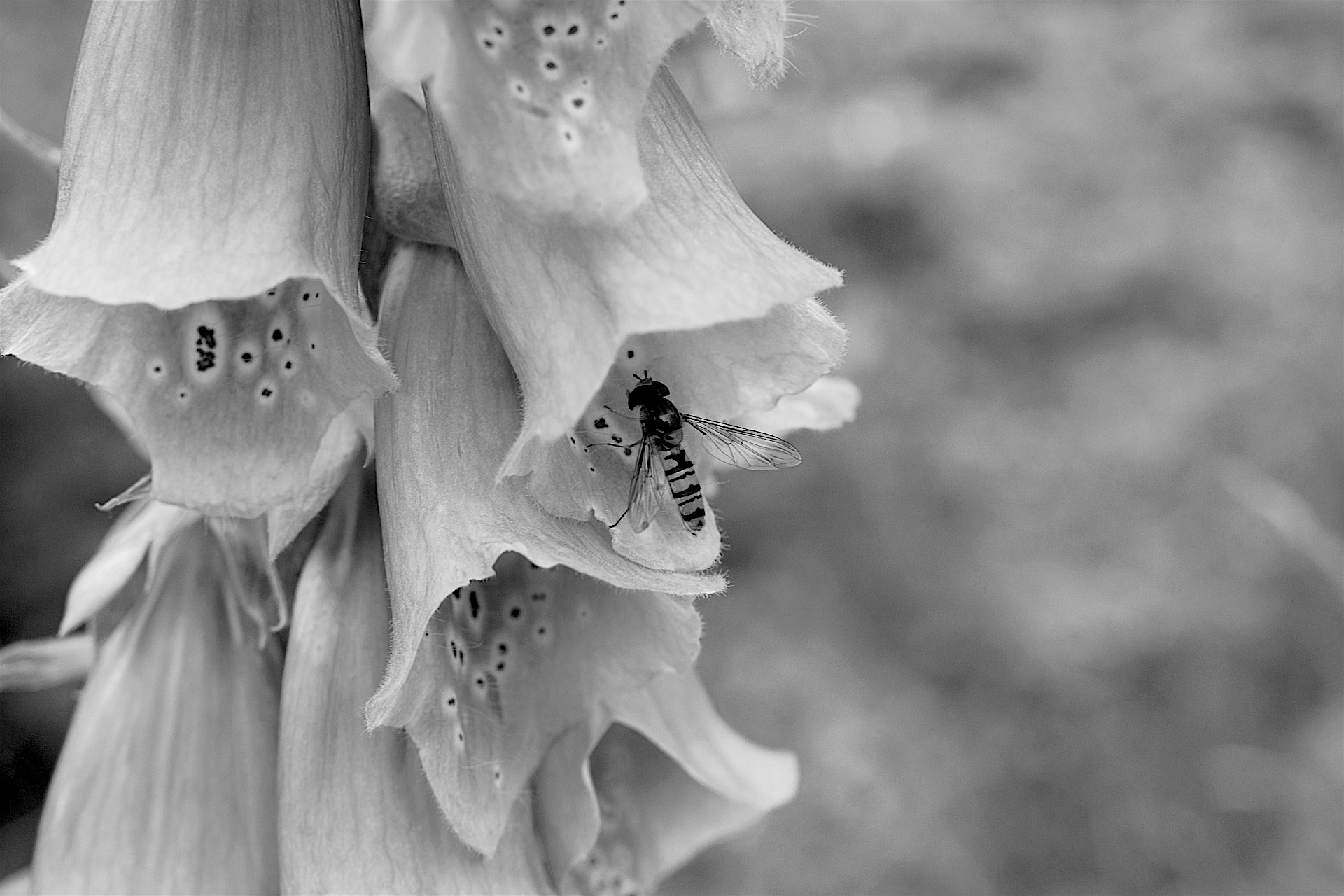How can nutrient make us ill? This is commonly explained by applying a principle of toxicology which states that “the dose makes the poison”, and even though this is true in a purely practical sense, that if we get too much of something good it can have bad consequences, it is a gross over-simplification in terms of the actual mechanisms that are at play in dietetics, and the science on pathophysiology seems to point towards a more complex eco-biological interplay involving more than just the consumer and the consumed.
Toxicology is intimately related to nutrition, but nutrients themselves such as glucose and fatty acids actually don’t behave like toxins in the body, even when eaten in excess. True toxins are instead associated with defence and predation (and glucose, amino acids and fats in different constellations might be used for this purpose by organisms), while nutrients when eaten are simply nutrients. Animals are actually exceptionally good at regulating nutrient homeostasis, even after consumption and before nutrients are absorbed. They are also exceptional at telling toxins and nutrients apart, like the bee in the picture extracting nectar from one of our most poisonous flower-plants (digitalis). If organisms could poison themselves on food simply through continually and accidentally overshooting their daily needs, which are highly variable, this would severely undermine reproductive success which actually fundamentally depend on the continual accumulation of a resource-surplus.
For nutrients to have toxic effects on the body this requires the integration of a third ecological variable in the equation, the microbiome.
- Tendinopathy, A Mechanical Problem With a Metabolic Root - 3 June, 2021
- The Ecology of Over-Nutrition - 7 January, 2021
- What Happens When You Inhibit Intestinal Fat-Absorption? - 19 November, 2020

Be First to Comment